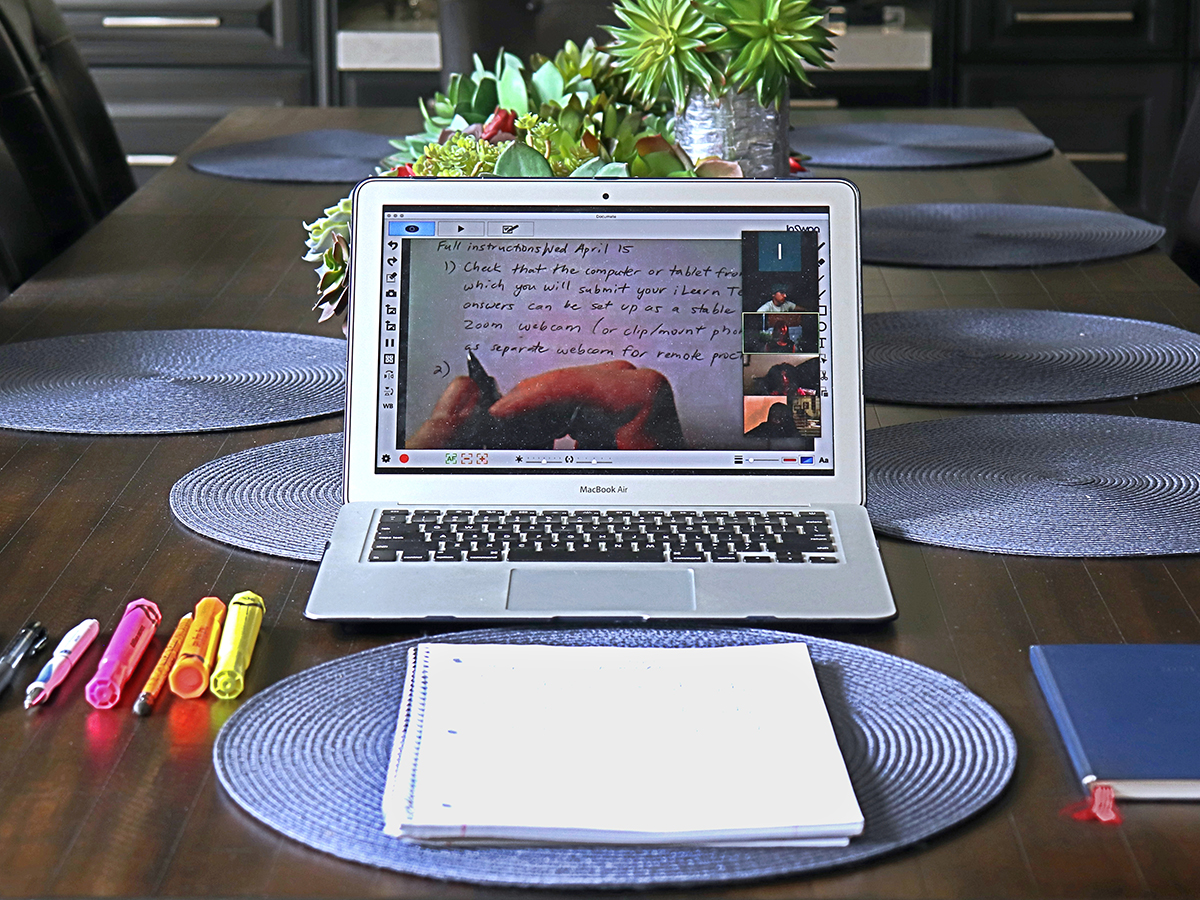In a campus-wide email sent on Friday, Oct. 2, Interim Provost and Executive Vice Chancellor, Thomas M. Smith, outlined the possibility of a virtual winter quarter.
On Sept. 22, Riverside County moved into the red tier of California’s Blueprint for a Safer Economy, a four-tier, color-coded system that tightens or loosens coronavirus restrictions based on the amount of daily new cases per 100,000 people and the positivity rate of COVID-19 tests. A county must stay within a tier for three consecutive weeks before moving forward and is reassigned to a more restrictive tier after two weeks of worsening conditions. In order for Riverside County to remain in the red tier, it is required to maintain seven or fewer cases per day and a positivity rate of 8% or less. As of Friday, Riverside county had a case rate of 7.6 and a positivity rate of 5%, putting it at risk of being reassigned back to the purple tier.
UCR’s Instructional Continuity Plan directly corresponds to the state’s blueprint, as the purple tier aligns with UCR’s instructional phase two and the red, orange and yellow tiers align with UCR’s instructional phase three. In instructional phase three, indoor lectures would be permitted with a limited capacity of 50%; libraries and common areas would be open with strict physical distancing. “It is very likely we will remain in instructional phase two or three for winter quarter,” stated Smith in the email.

Virtual learning has proved difficult for some UCR students, while others say they appreciate the flexibility of being able to study from home. Danica Maulion, a third-year business administration major, stated that the lack of social interaction has been the hardest part of virtual instruction. “As a business major, networking is extremely important, and it has been more challenging to connect with students online,” she wrote in an interview with The Highlander. Despite this, she says her professors have created unique virtual environments that allow her and her peers to have more flexibility to build a schedule that fits their lifestyle, which has made it easier to be productive.
Magali Pineda, a third-year media and cultural studies major, stated that while continuing with a virtual winter quarter would not be ideal, “it’s what’s best for the health of our UCR community.” She added that her professors have been very accommodating so far but also stated that not being in-person has prevented students from receiving complete learning experiences, referring to labs and art classes that typically require hands-on work.
For Olivia Van, a third-year business administration student, the benefits of a virtual winter quarter include having the ability to attend courses from the comfort of her own home and, echoing the sentiments of other students, having the flexibility to do work on her own schedule. However, Van stated that a virtual winter quarter would lead to, “a regrettable college experience since there are limits to what we can accomplish in a virtual setting.”







